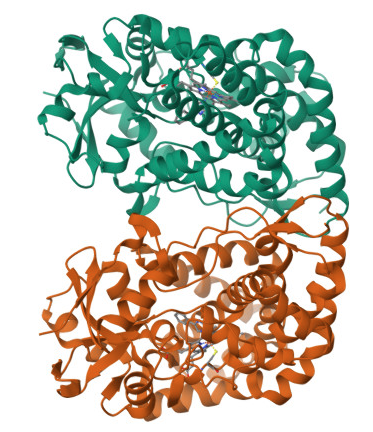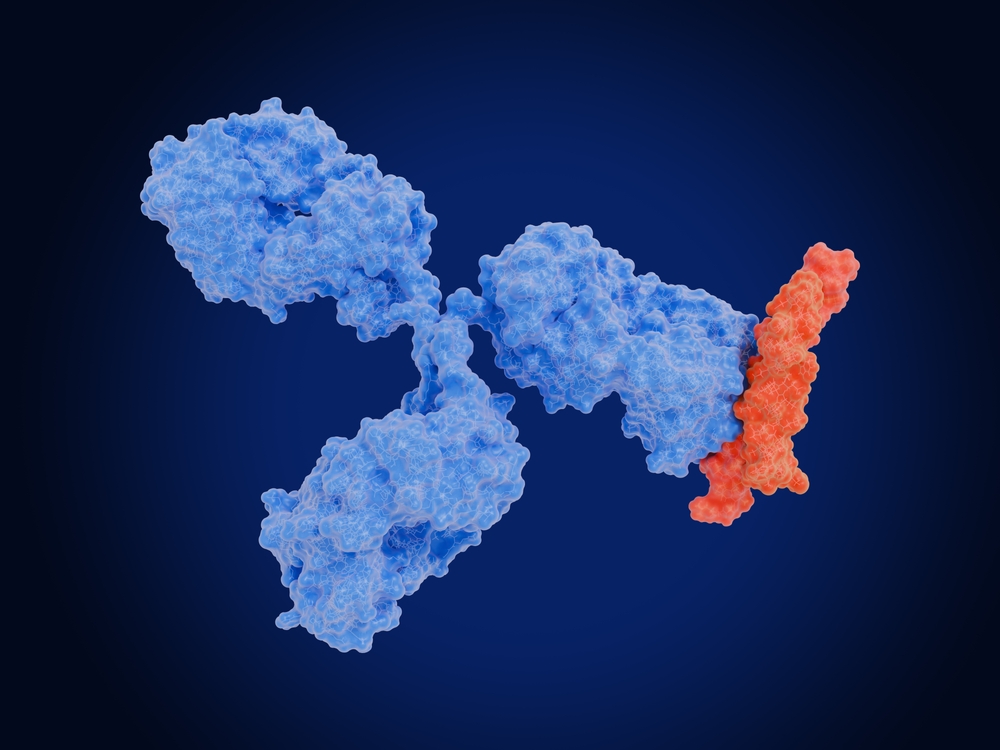Biopharma Platform
Our Vision: Making Biology Computable
We are pioneering the integration of artificial intelligence with biological sciences to redefine the landscape of biopharmaceuticals. Our mission is to harness the power of machine learning to decode the complexities of biological systems, enabling the rapid development of innovative therapies. By making biology computable, we aim to accelerate the creation of life-saving drugs, ensuring they are more accessible and affordable for all.

High-quality data at scale is the key to unlocking generative AI for small molecule biopharma
All other approaches including legacy biopharma are now obsolete

We’re leveraging computational design and AI-driven modeling to accelerate drug discovery and development. Our innovative platform leverages advanced AI and machine learning to decode the complexities of biochemical networks. By simulating interactions at the molecular level, we can predict how biological properties emerge and function. Better AI leads to better wet lab work, reducing cost and improving the success rate. Using AI to identify promising product candidates based on exceptional generative AI science development means we can develop our products in a rapid, cost-efficient manner, and to engage commercialization and/or development partners when appropriate. By simulating molecular interactions and predicting drug behavior, we can identify promising candidates more efficiently and reduce development time, while also improving the overall success rate of our projects
Computational Biology Applied: The next generation of weight-loss drugs
Obesity, and related diseases are major healthcare issues affecting many people globally. While early injectable NuSH therapies like Wegovy and Zepbound have made a big difference in treatment, they come with important drawbacks including the need for weekly injections, tolerability problems, a limit to their effectiveness, and challenges in mass production. Additionally, progress in improving the absorption and effectiveness of oral treatments has been slow. Therefore the race is on to use AI to target new genetic, epigenetic, hormonal, metabolic, and cellular pathways that regulate adipose tissue growth and metabolic health – and it is likely that AI will be the first to successfully combine new therapeutic strategies such as non-peptide formulations, innovative delivery systems, muscle-preserving therapies, and triple/quadruple gut hormone receptor agonists.

Breakthroughs in protein-ligand Complexes

Crystal structure of CYP154E1 from Thermobifida fusca YX in complex with 4-Phenylimidazole. PDB DOI: https://doi.org/10.2210/pdb8RTV/pdb
Diffusion-based generative models can learn the joint distribution of ligand and protein conformations conditioned on the molecular graph of a ligand and the sequence representation of a protein extracted from a pre-trained protein language model. Benchmark results show that this protein structure-free model is capable of generating diverse structures of protein–ligand complexes, including those with correct binding poses. Further analyses indicate that the proposed end-to-end approach is particularly effective when the ligand-bound protein structure is not available.
Computational Biology Applied: Could we feel at 80 how we feel now at 50?
Genuron is producing powerful artificial intelligence models of life’s building blocks and their interactions within cells to produce machine learning platforms for discovering and designing molecules for therapies, unlocking protein targets, and rejuvenation and reprogramming interventions to transform how we treat disease and intervene in ageing. Rapid advancements in artificial intelligence and machine learning will transform our understanding of basic biological processes like ageing and disease. Our mission is to build computational models that decode the process of biological resilience at the cell and organ level so that therapies can be generated from those models.

Suppressing the pro-inflammatory protein IL-11 has been shown to extend the lifespan of rodents by an impressive 25 percent, highlighting its potential significance in therapeutic applications. By effectively blocking IL-11 using a targeted antibody, researchers could pave the way for innovative treatment strategies that may also benefit human health, opening new avenues for addressing inflammatory conditions and improving overall well-being.
The services, products and technologies described on this website will be offered on a when-and-if-available basis and is subject to regulatory approvals in all territories. The statements on this website are not intended to be - and should not be interpreted as - a commitment, promise, or legal obligation, and the development, release, and timing of any services, products and technologies described is subject to change, and it remains at the sole discretion of GENURON to deliver or delay the delivery of any of the products, services, or technologies set forth herein. GENURON is a start-up company and statements in this website are forward-looking statements that are subject to considerable risk and uncertainty. Important factors that could cause actual results, products, services or technologies to differ materially include: failure to produce drugs or therapies as expected by our scientists; regulatory rejection of our products or technologies; consumer rejection of our products and technologies; design or manufacturing defects; changes in industry standards; unexpected loss of performance of our products or technologies when used by third parties; and reputational risks. These forward-looking statements are not guarantees of future performance and, except as required by law, GENURON disclaims any obligation to update these forward-looking statements to reflect future events or circumstances.
